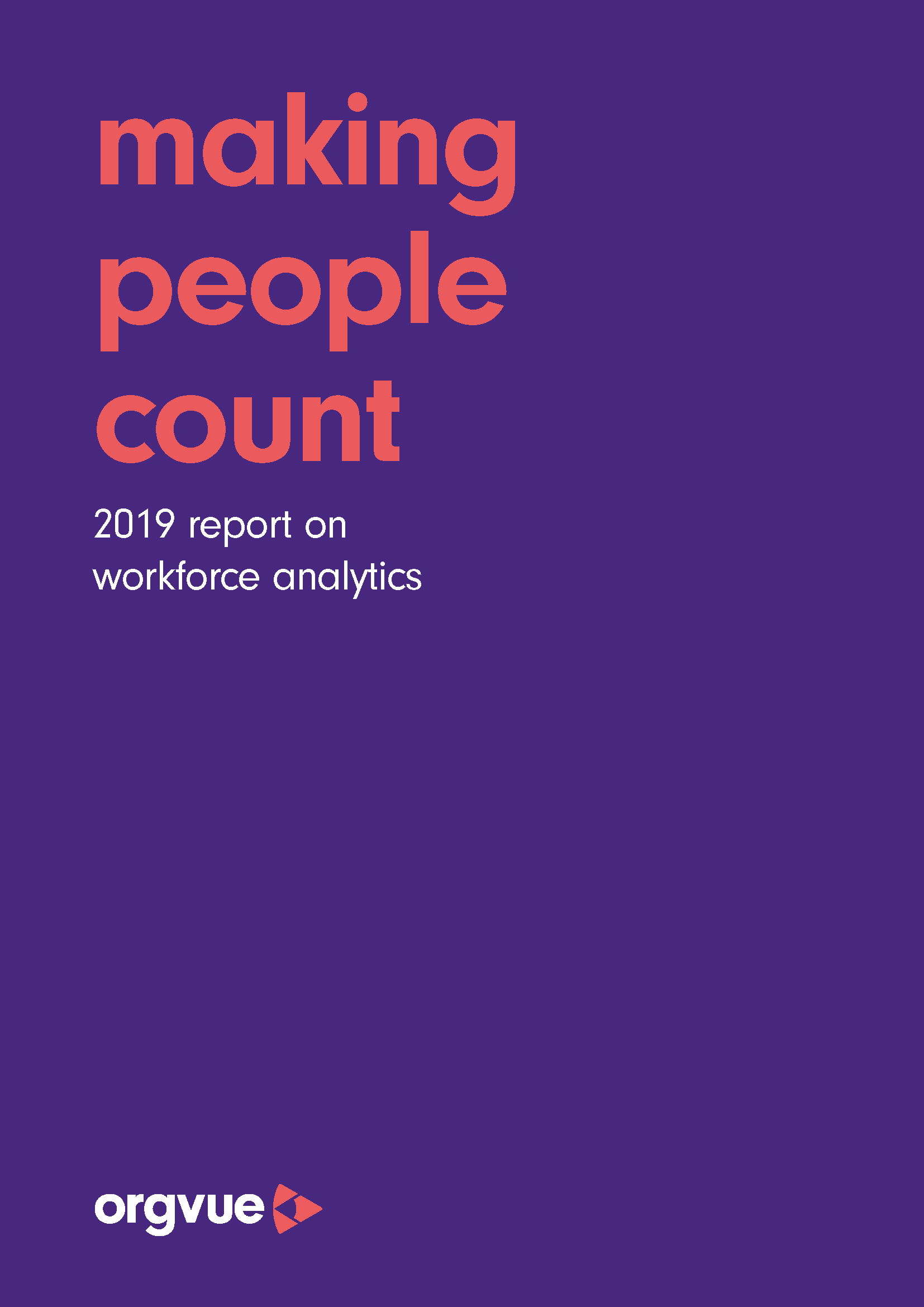Making people count
Research report based on a study of workforce analytics with 400 decision makers in human resources and finance.
Home > Resources > ebook > Making people count
89% of organizations say workforce analytics is already part of their planning process

Workforce analytics is going mainstream. But as with any technology adoption, there’s more to the picture than meets the eye. In this report, we share what advanced adopters have learned for the benefit of those organizations that are just starting out.
The report reveals the findings of our research with 400 decision makers in human resources and finance on the topic of workforce analytics. Respondents were from organizations with 1,000 employees or more, located in the UK and the US, and across more than a dozen industries.
We know that macro-environmental factors are driving the awareness and adoption of people analytics – factors such as cost reduction, compliance, and risk – but making the change is difficult and a few things, in particular, aren’t helping:
- HR and Finance are not collaboratingThere’s a huge gap in how well each side thinks they collaborate and only a minority say they have joined up reporting systems and tools.
- Spreadsheets still dominate workforce analyticsMost organizations think they can use their existing HR system of record but resort to using spreadsheets when they realize they can’t.
- Organizations need people with analytics skillsHaving the right skills is the single biggest barrier to people analytics and the most difficult to overcome.